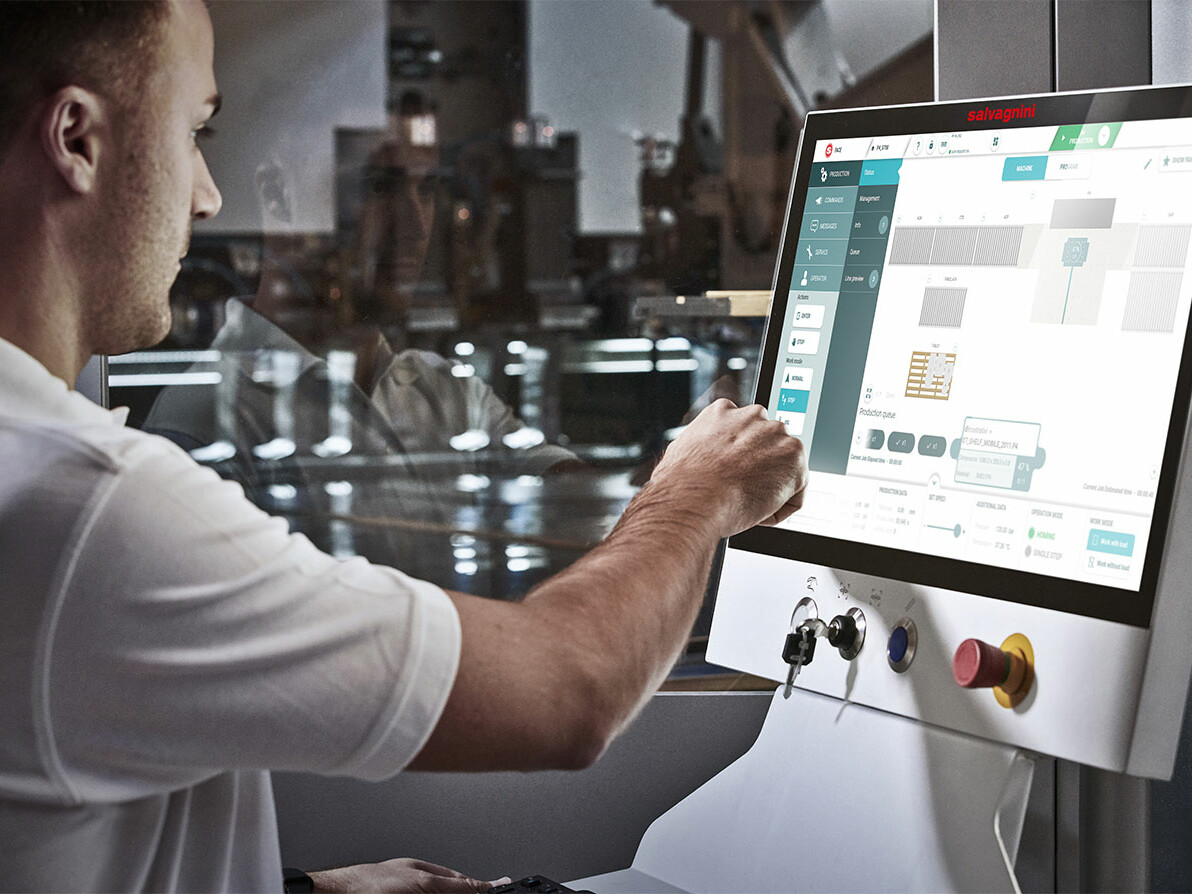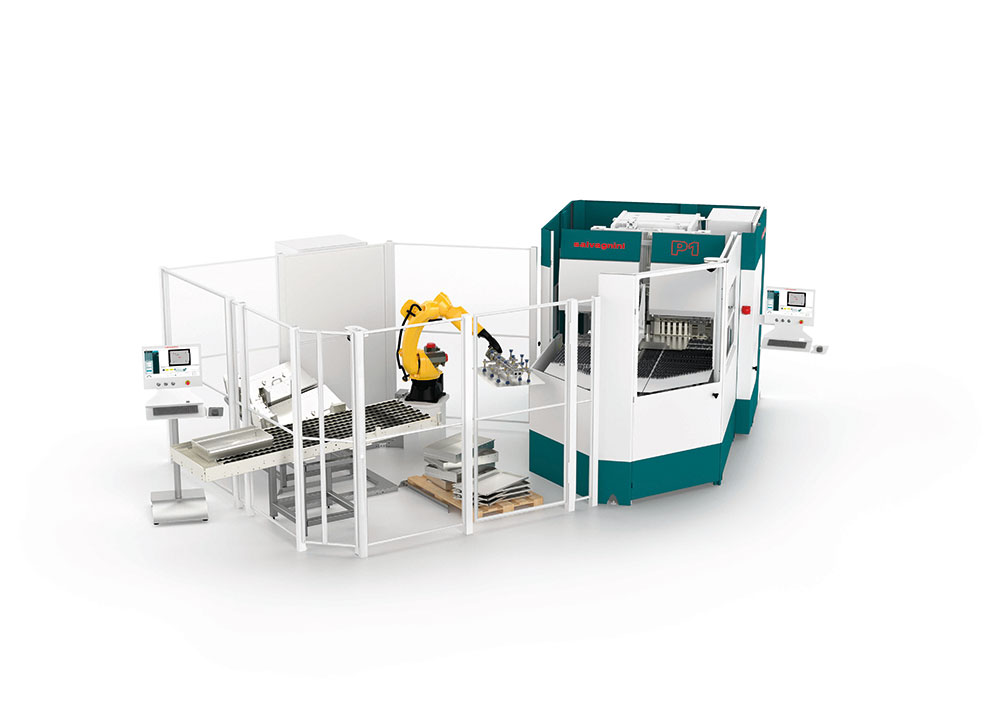Panel benders
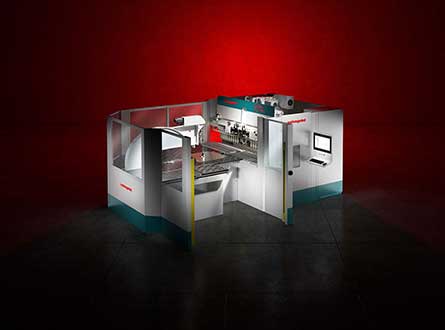
The PX natively combines productivity, with its automatic bending cycles, with flexibility, using universal bending tools. For uncompromising performance.
Learn more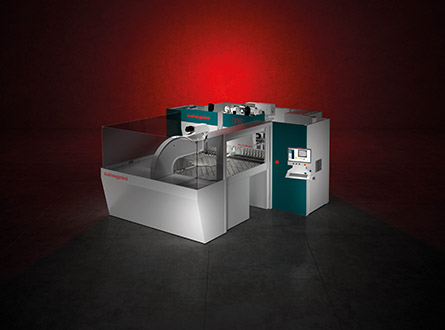
The P2 seduces with its high technological content, low energy consumption and compact layout, without forgetting the productivity and flexibility typical of Salvagnini panel benders.
Learn more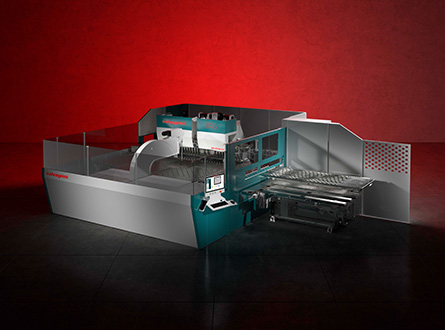
The P4 amazes with its configuration potential and performance: productive and flexible, it can be independent, work in a flexible cell or be installed in an automatic factory.
Learn more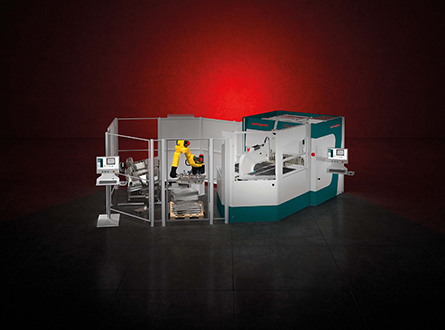
Streamline your panel bending operations with P-Robot, a robotic bending solution that adapts to varying production demands and enhances productivity.
Learn moreHow does a panel bender work?
The upper and lower blades are the two tools featuring interpolated controlled movement and responsible for bending.
The automatic blankholder works simultaneously with the blades and counterblade to bend and clamp the sheet accurately and effectively. It adapts the tool length according to the size of the part being produced during the cycle, without machine down times or manual re-tooling. The tool profile allows inward bends up to 45 mm.
The counterblade helps clamp the sheet during the cycle.
The upper and lower blades are the two tools featuring interpolated controlled movement and responsible for bending.
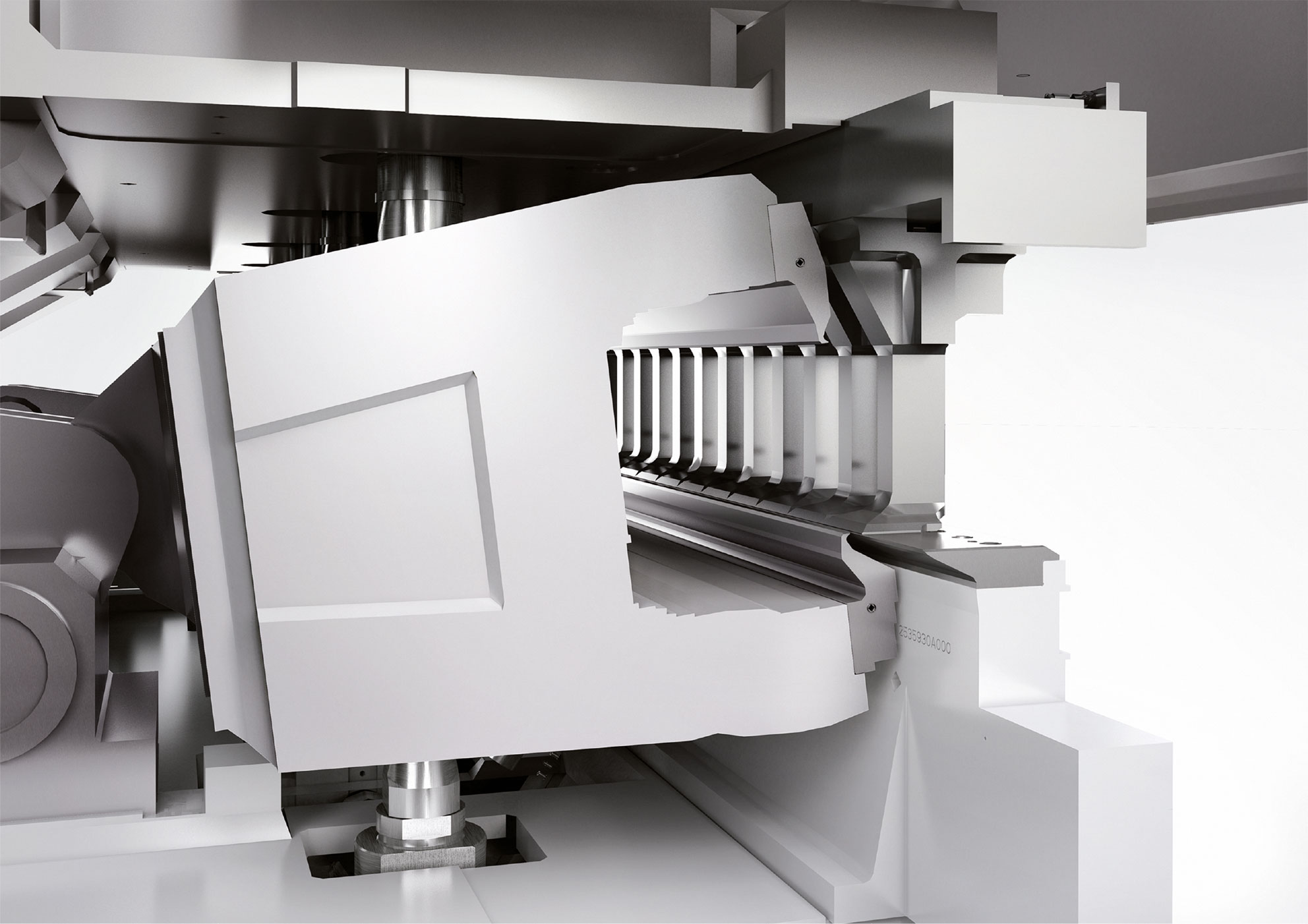
Operating mode: simple, quick and lean
Bending on each side of the sheet is achieved thanks to the controlled interpolated movements of the blades.
Flexible automation
Upper and lower blade, counterblade and blankholder are the four universal tools used to process the whole range of thicknesses and machinable materials, from 0.4 to 3.2 mm, during the cycle and without machine down times or manual re-tooling.
Proprietary bending formula
Developed over the years, the bending formula defines the force and manages the movements of the universal tools, analyzing different parameters in real time, including deflections, temperature and thickness, guaranteeing the precision, repeatability and quality of the finished product.
Automatic manipulator: fast and accurate
Quickly and fully automatically, this moves, handles, grips and rotates the sheet metal throughout the whole machining cycle. It requires no manual interventions during the cycle. The operator positions the sheet metal on the worktable and collects the product after bending, performing only the loading and unloading operations.
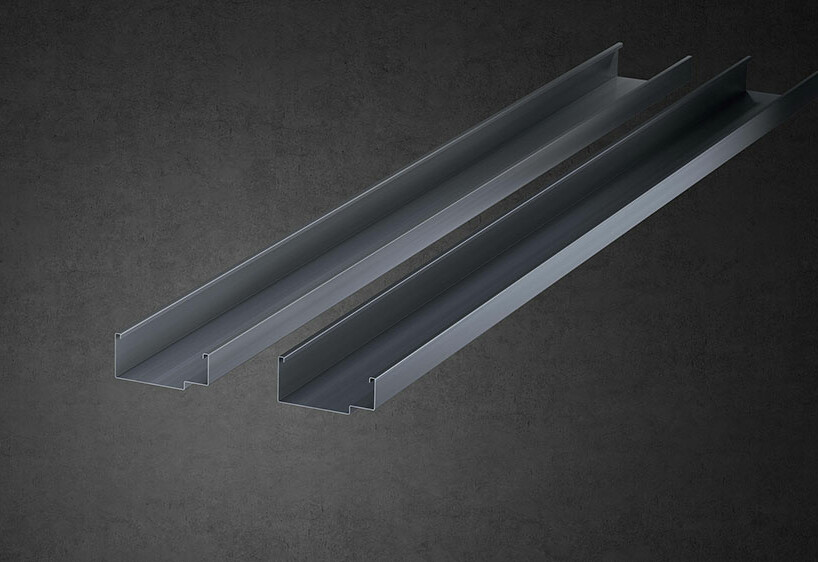
MAC3.0
MAC3.0 detects any differences in the mechanical characteristics of the material compared to their nominal value during the cycle, adapting the movements of the bending unit and the manipulator to compensate them.
Software
Industry has changed: flexibility and efficiency are fundamental requirements for managing increasingly smaller batches or rapid item turnover rate. And developments in technology have in some way upset the balance between workloads, with increasingly fast systems which however need to be guided by more and more specific machine programs, the generation of which is increasingly time-consuming. This is why software is increasingly crucial to improving the efficiency of machinery.
Salvagnini’s IoT solution, increases the global efficiency of the panel bender. LINKS allows real-time monitoring of the machine’s performance and independent analysis.
Do you have any questions?

